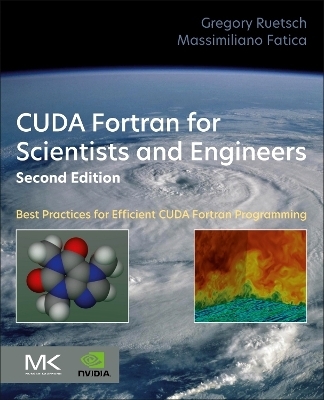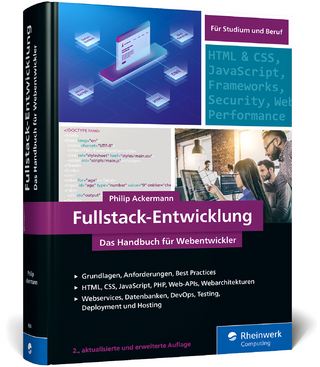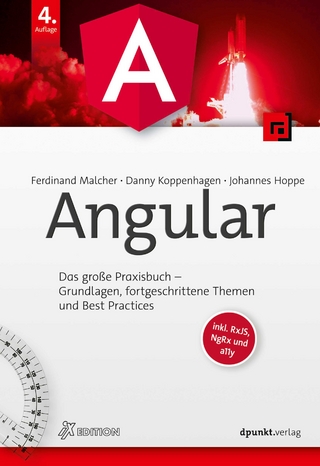
CUDA Fortran for Scientists and Engineers
Morgan Kaufmann Publishers In (Verlag)
978-0-443-21977-1 (ISBN)
- Noch nicht erschienen (ca. August 2024)
- Versandkostenfrei innerhalb Deutschlands
- Auch auf Rechnung
- Verfügbarkeit in der Filiale vor Ort prüfen
- Artikel merken
Greg Ruetsch is a Senior Applied Engineer at NVIDIA, where he works on CUDA Fortran and performance optimization of HPC codes. He holds a Bachelor’s degree in mechanical and aerospace engineering from Rutgers University and a Ph.D. in applied mathematics from Brown University. Prior to joining NVIDIA he has held research positions at Stanford University’s Center for Turbulence Research and Sun Microsystems Laboratories. Massimiliano Fatica is the manager of the Tesla HPC Group at NVIDIA where he works in the area of GPU computing (high-performance computing and clusters). He holds a laurea in Aeronautical Engineering and a Phd in Theoretical and Applied Mechanics from the University of Rome “La Sapienza. Prior to joining NVIDIA, he was a research staff member at Stanford University where he worked at the Center for Turbulence Research and Center for Integrated Turbulent Simulations on applications for the Stanford Streaming Supercomputer.
PART I: CUDA Fortran Programming 1. Introduction 2. Correctness, Accuracy, and Debugging 3. Performance Measurements and Metrics 4. Synchronization 5. Optimization 6. Multi-GPU Programming 7. Porting Tips and Techniques 8. Interfacing with CUDA C, OpenACC, and CUDA Libraries PART II Case Studies 9. Monte Carlo Method 10. Finite Difference Method 11. Applications of the Fast Fourier TransformRay Tracing
| Erscheint lt. Verlag | 1.8.2024 |
|---|---|
| Verlagsort | San Francisco |
| Sprache | englisch |
| Maße | 191 x 235 mm |
| Themenwelt | Mathematik / Informatik ► Informatik ► Programmiersprachen / -werkzeuge |
| ISBN-10 | 0-443-21977-X / 044321977X |
| ISBN-13 | 978-0-443-21977-1 / 9780443219771 |
| Zustand | Neuware |
| Haben Sie eine Frage zum Produkt? |
aus dem Bereich


